John Hurrell – 10 September, 2017
In the loop von Sturmer has prepared for 'Electric Light (facts/figures/starkwhite)', he has programmed a sequence of about thirty architecturally significant locations inside the big room. These sites the robot ‘examines' using white circles, hemispheres, fat or thin straight lines, rings, bright dots, linear squares, diamonds or splayed vees. The projected shapes comment on the front and back surfaces of the architectural forms they interact with. Dramatic shadows and hurried movement play a vital role.
It is quite a while since we’ve seen a collection of works from 2004 Walters Prize finalist Daniel von Sturmer, an artist normally associated with videos that are seen at Starkwhite and the Auckland Art Fair. Indeed, upstairs at Starkwhite are two recent videos, connected very much to his third item on display downstairs, an in situ installation using projected light. They however are about the rectangular format of the video monitor screen, while the installation is about architecture: the Starkwhite gallery space and its fittings.
Von Sturmer’s videos present a straight white line crossing a rectangular plane that is bordered by shallow reflective walls. The walls seem to be part of a tray or box that you-as camera—are looking down on (they ‘refract’ the line), and the white line pivots around the exact centre of the plane, much as say a diameter would a circle. In Luminous Figures (line left) the crossing line revolves in an anticlockwise direction: when in the middle of the top edge of the lefthand screen, it moves left. In Luminous Figures (line right) it turns clockwise: when in the middle of the top edge of the righthand screen, the buckled beam moves right.
Downstairs in the darkened space (most effective in late afternoon) von Sturmer presents a armless robot that is fixed to the floor but which has a spinning head that can direct a beam of light to most parts of the gallery: in particular the floors, walls, ceiling, and corners, where they intersect with the staircase, office doorway, columns, street-front windows and fittings (such as smoke detectors, sprinklers, light switches, or skirting-board).
The projection device has a repertoire of about ten simple template-image shapes and they can (in some cases) transmute from one to another, move across the walls, disappear and reappear in the darkness, or fade out. In the loop von Sturmer has prepared for Electric Light (facts/figures/starkwhite), he has programmed a sequence of about thirty architecturally significant locations inside the big room. These sites the robot ‘examines’ using white circles, hemispheres, fat or thin straight lines, rings, bright dots, linear squares, diamonds or splayed vees. The projected shapes comment on the front and back surfaces of the architectural forms they interact with. Dramatic shadows and hurried movement play a vital role.
Over the last decade or two, high quality site specific installations have become rarer and rarer, so this presentation is a real treat—it really dwells on the unusual particularities of the Starkwhite space. Add to that the fact that this show is quite unpredictable in its sequencing: when one episode finished and the space is in temporary darkness, you can’t guess whereabouts in the gallery the next section will appear.
Those pauses provide a nice tension. Plus there is the viewer’s curiosity of how aimed shapes of light can tease out issues to do with the room’s design and functionality-the efficacy of the space’s organisation. It doesn’t critique these features in the way that say Billy Apple critiqued certain gallery elements in his 1979-80 New Zealand tour. It’s not growling or reprimanding. It conveys more a sense of delight at the complex interaction of planes in space, and various intricate additions—now dramatised by the theatrical effects of shadow and light.
John Hurrell
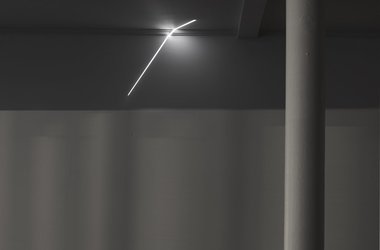
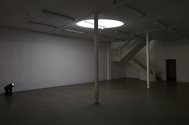
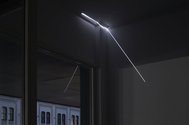
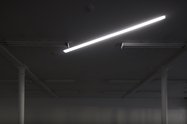
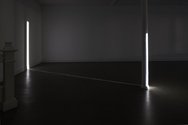

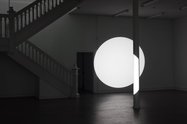
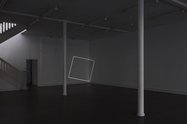
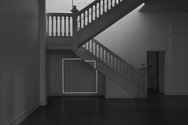
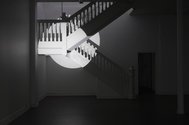
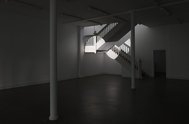
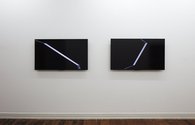
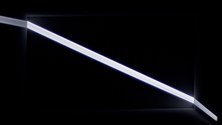
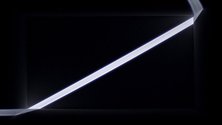
 Advertising in this column
Advertising in this column Two Rooms presents a program of residencies and projects
Two Rooms presents a program of residencies and projects



This Discussion has 0 comments.
Comment
Participate
Register to Participate.
Sign in
Sign in to an existing account.